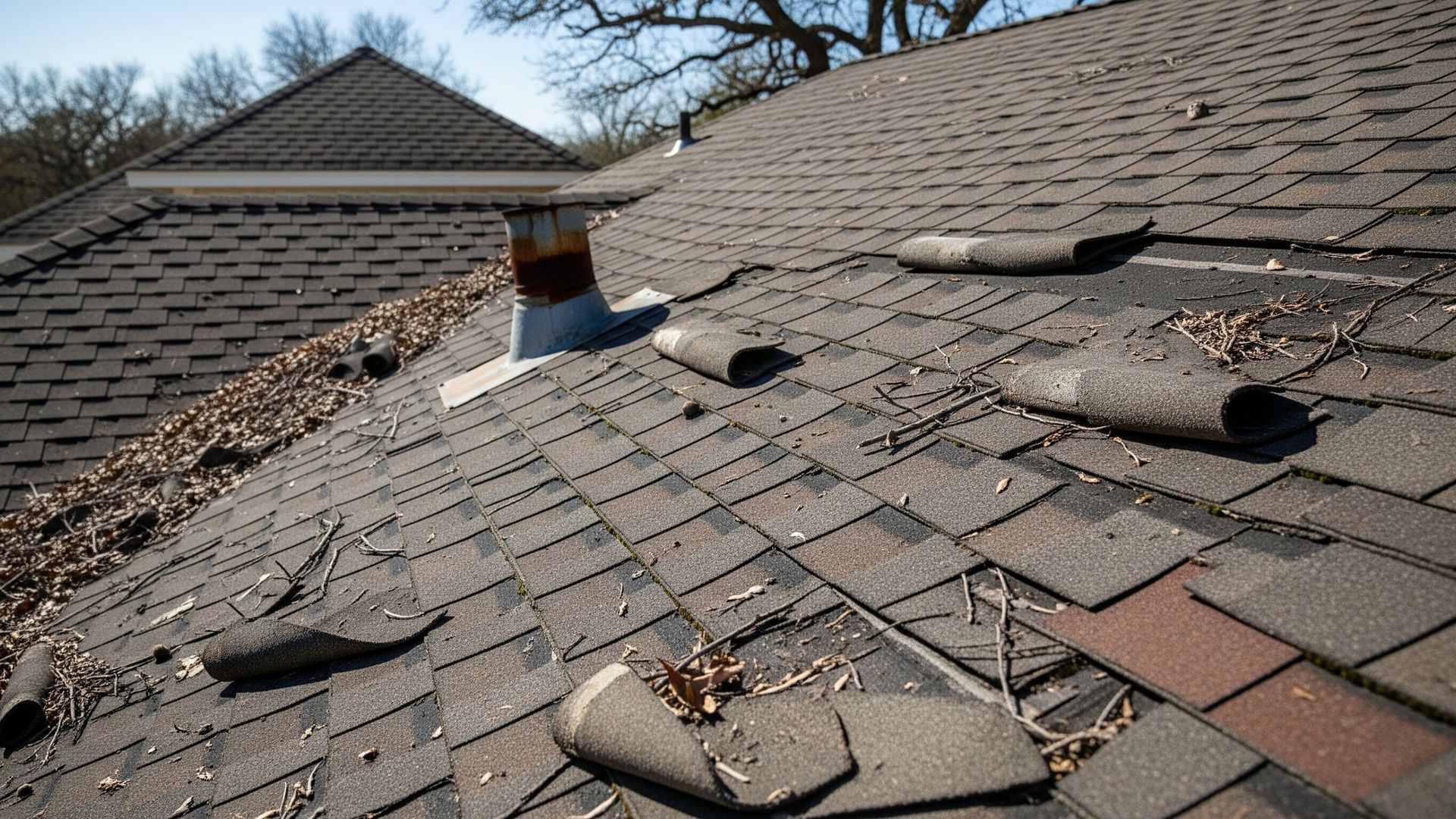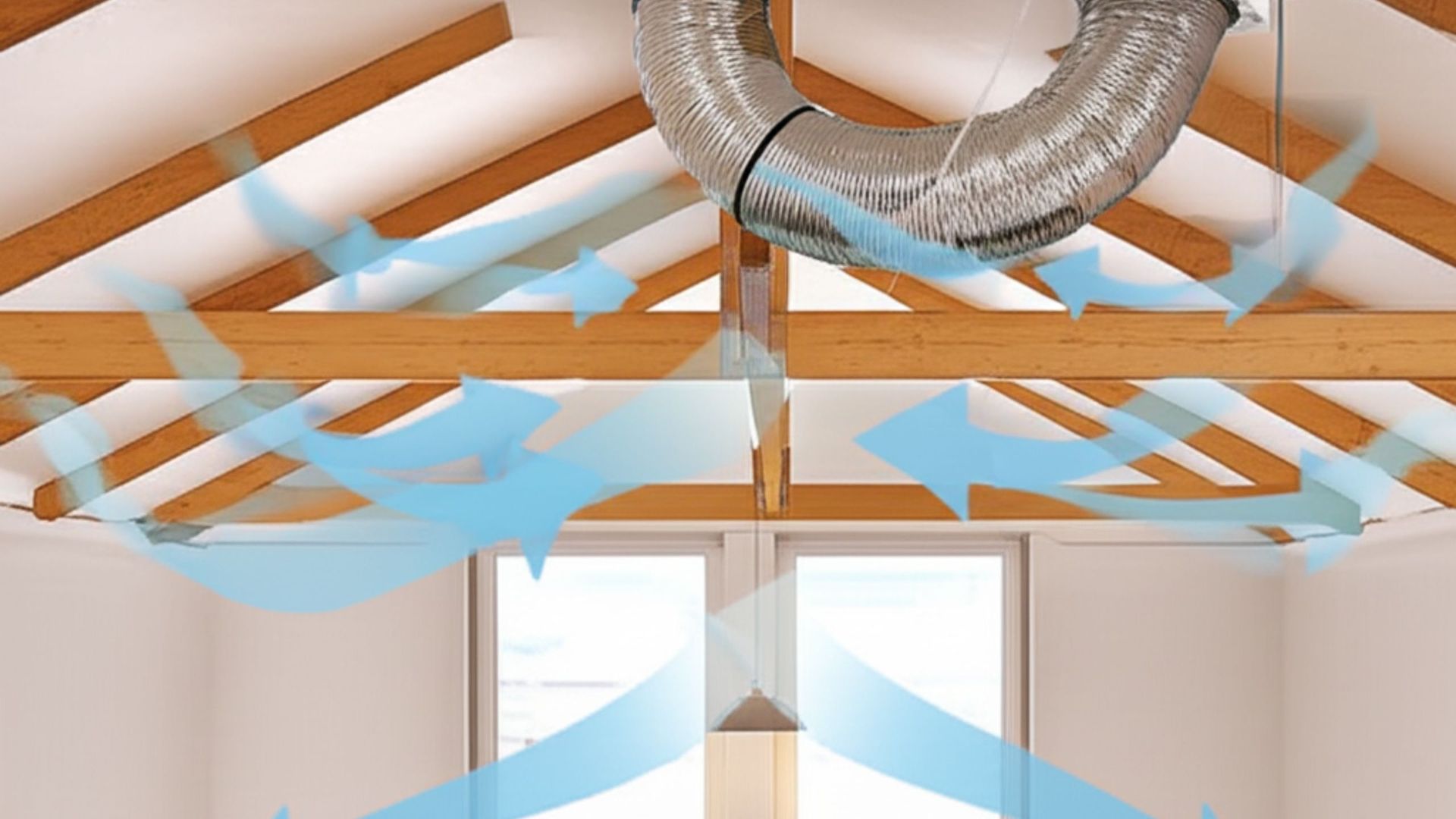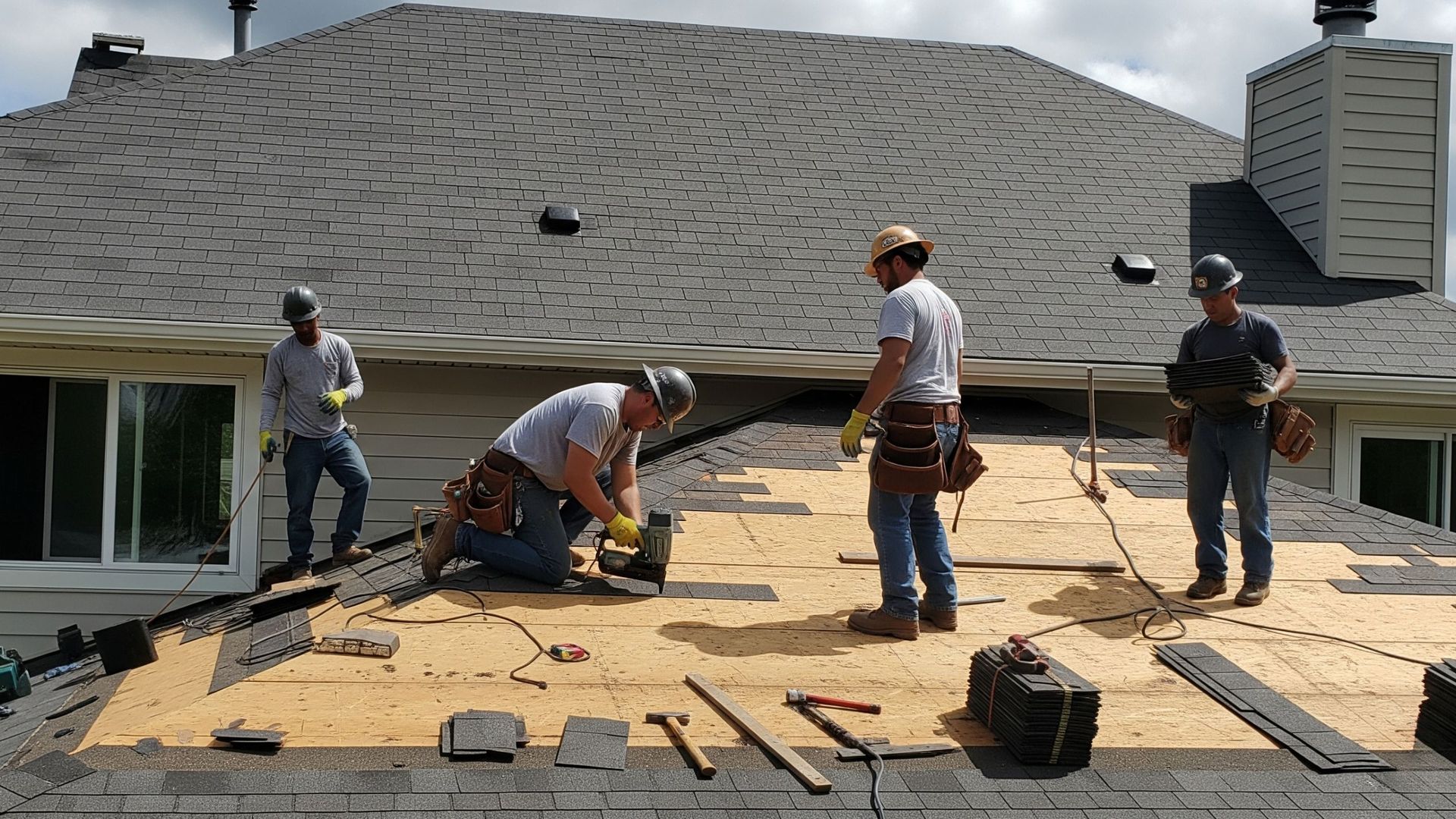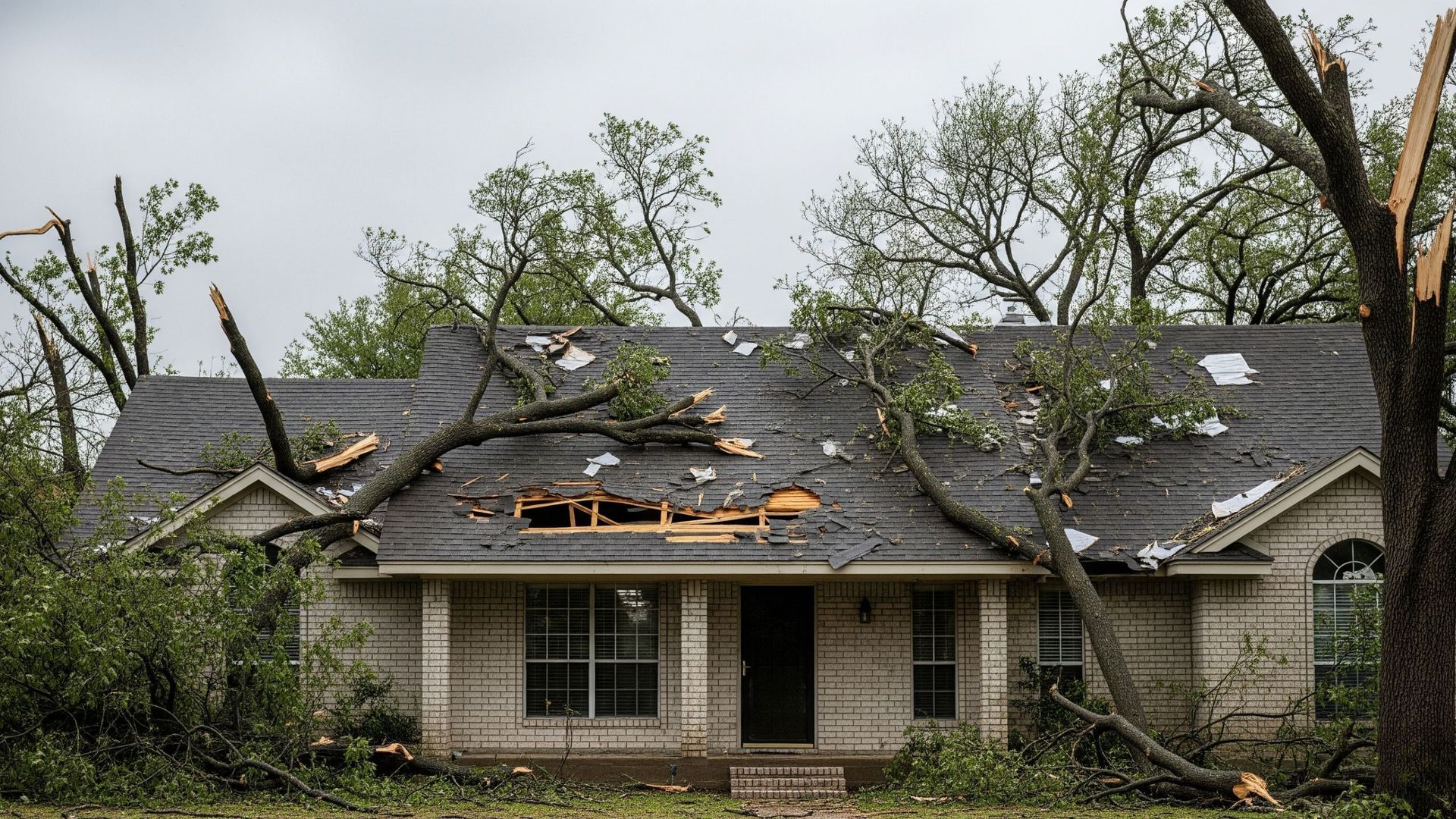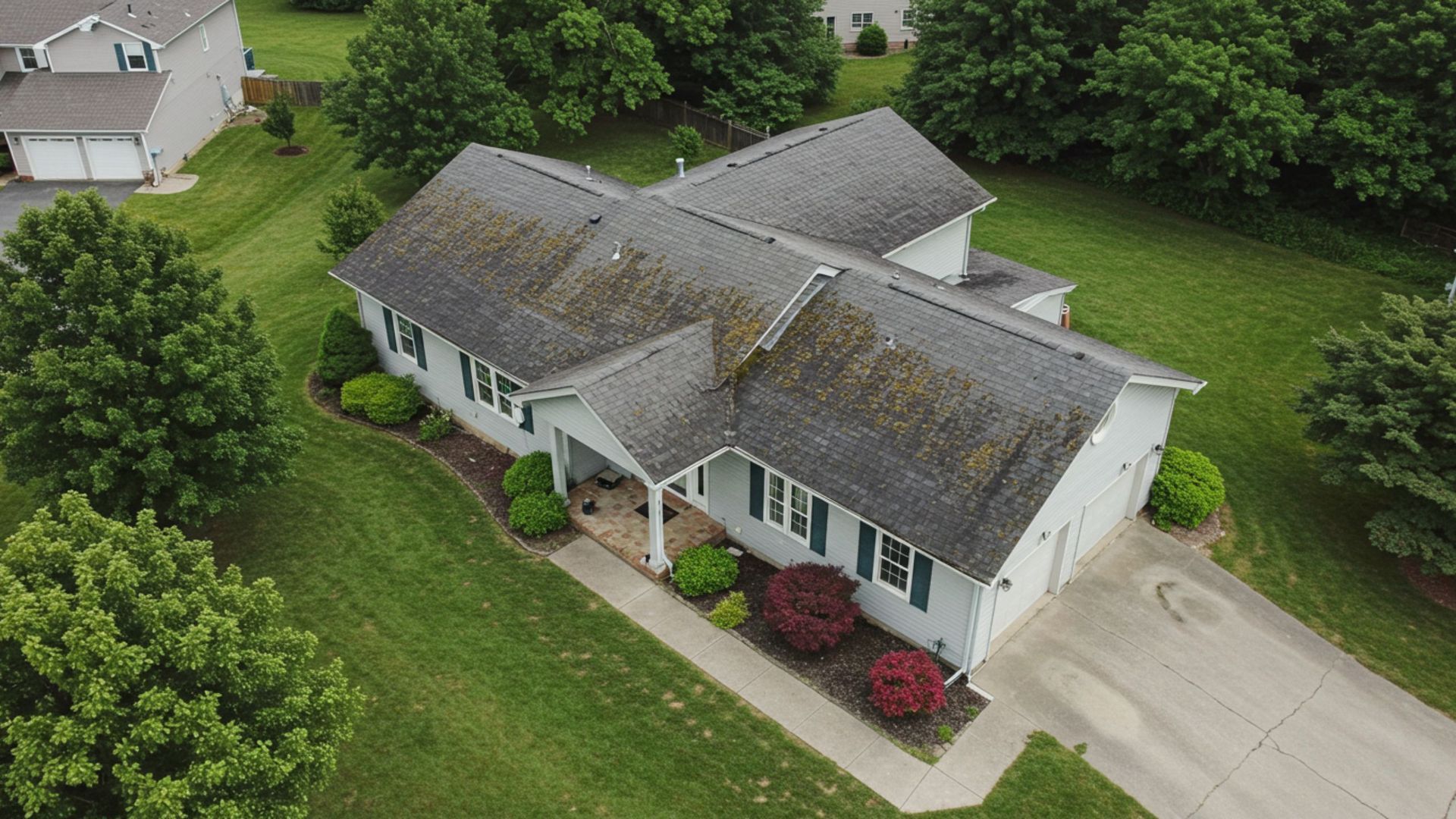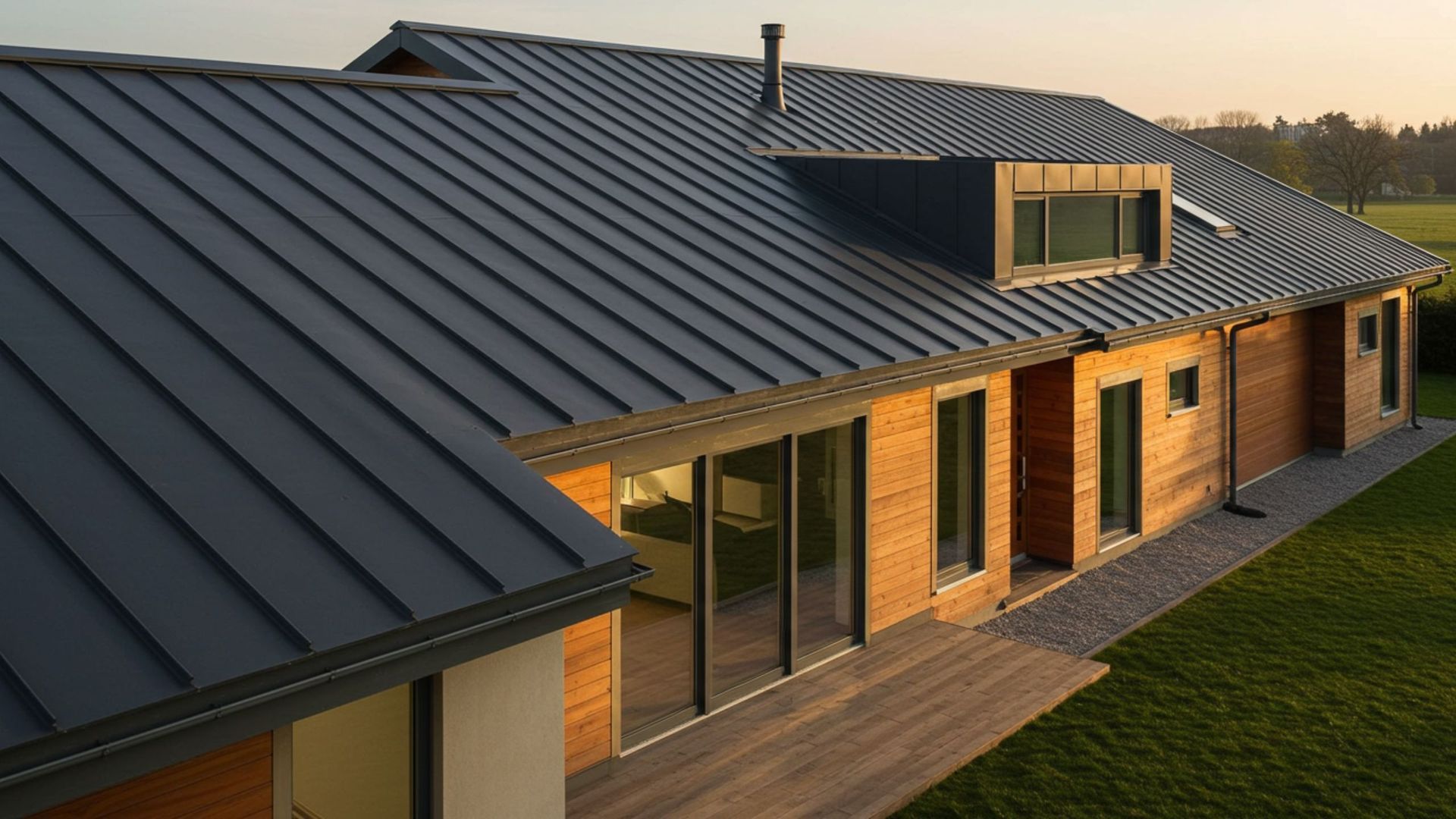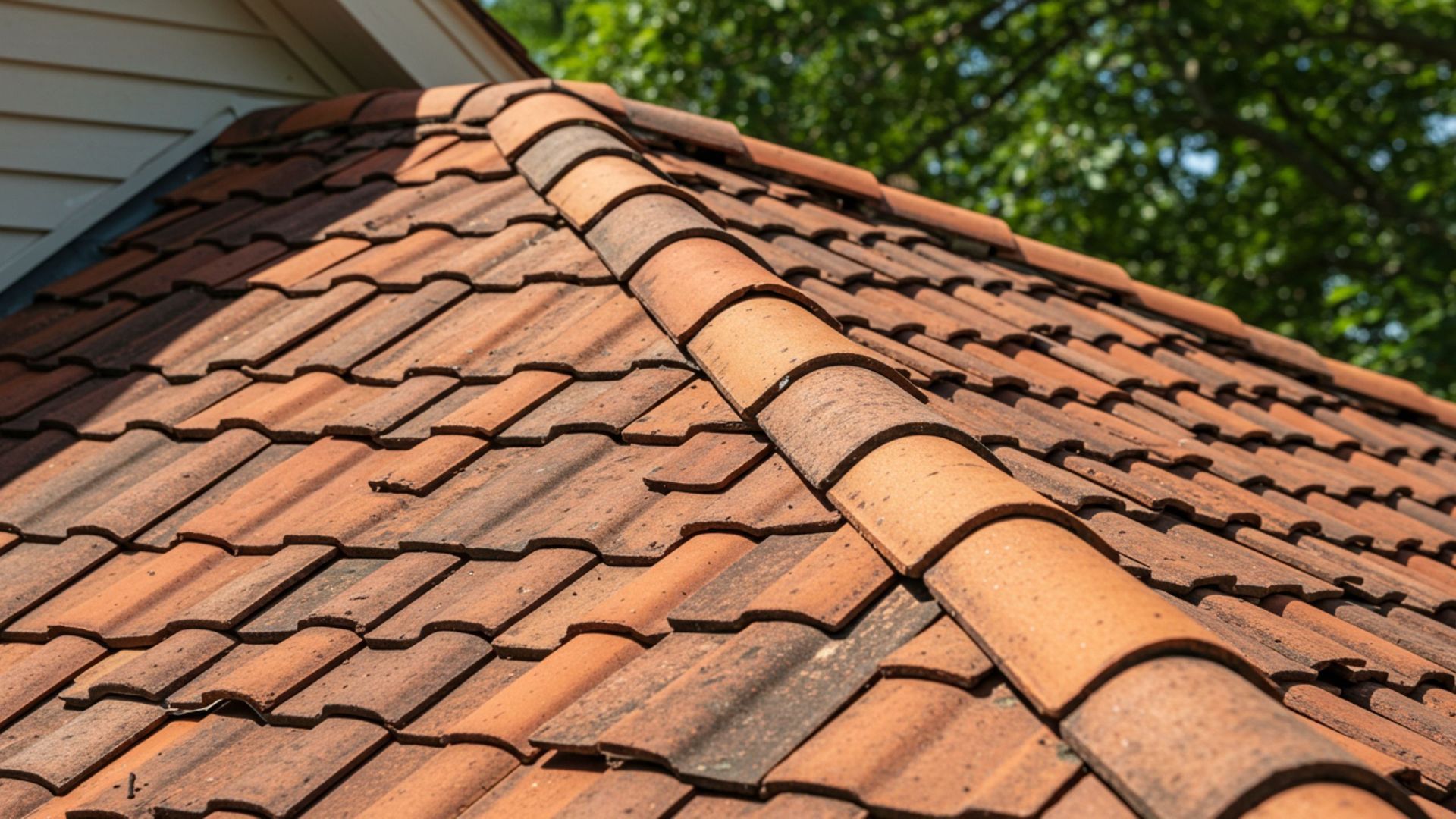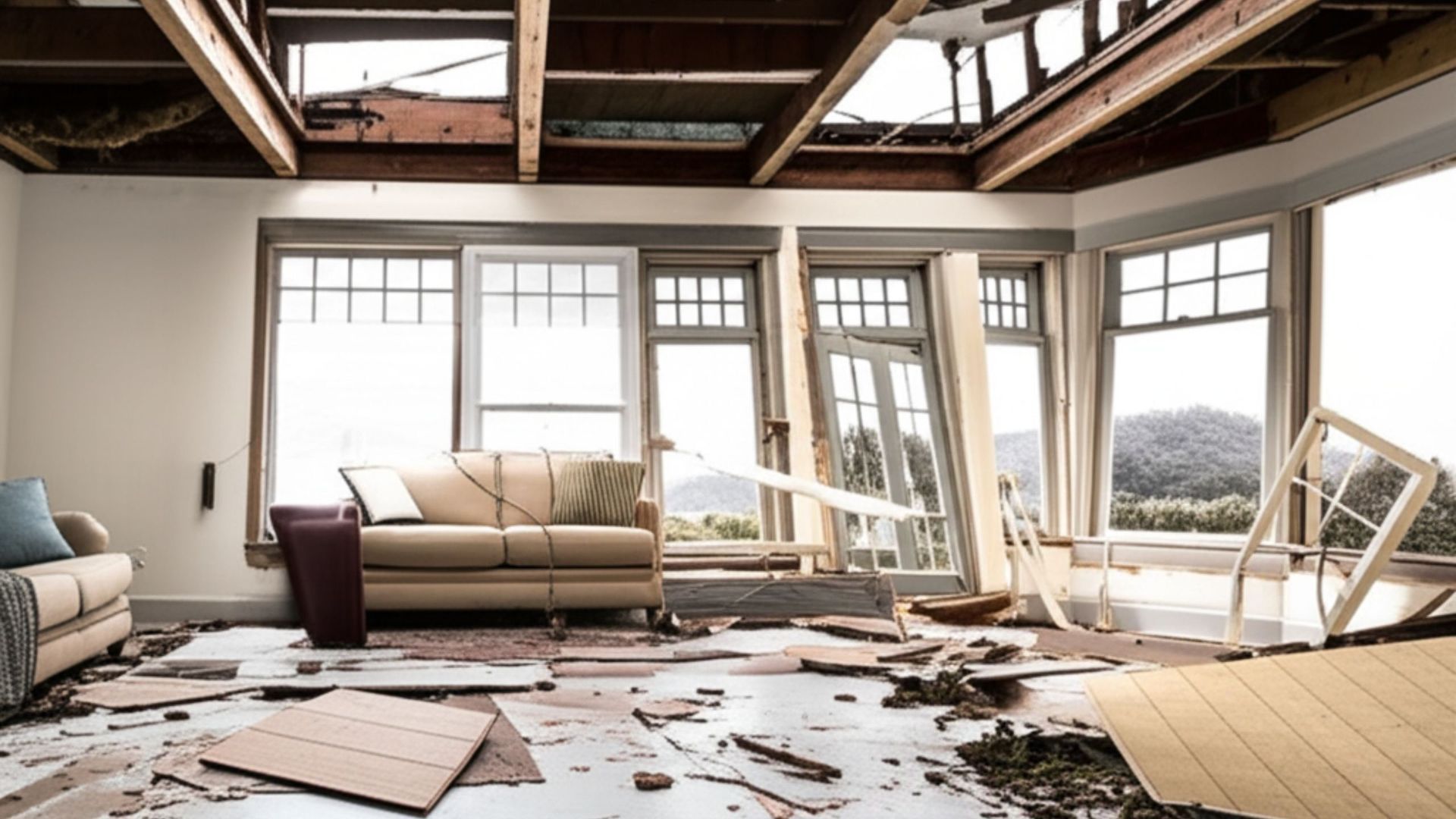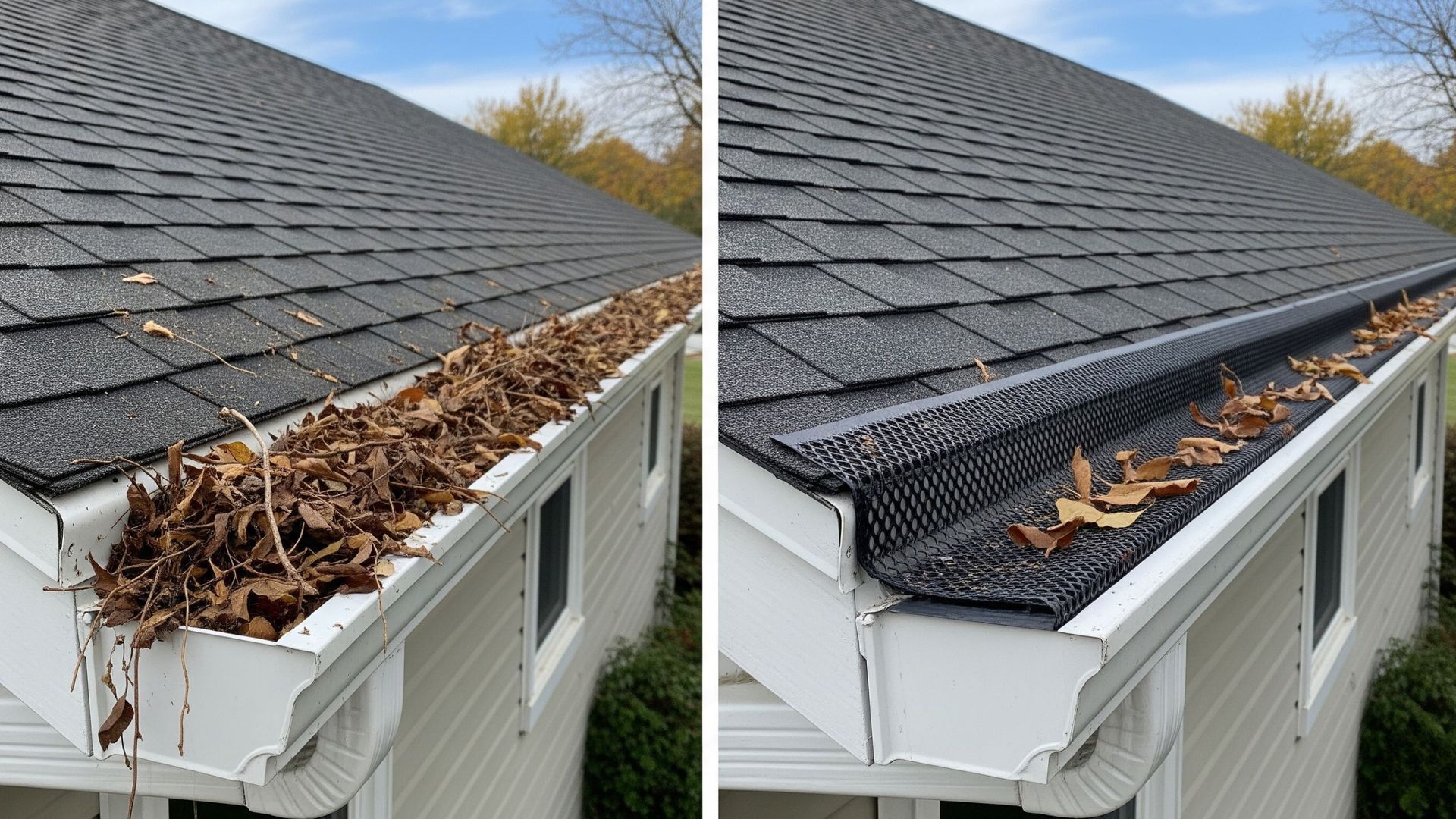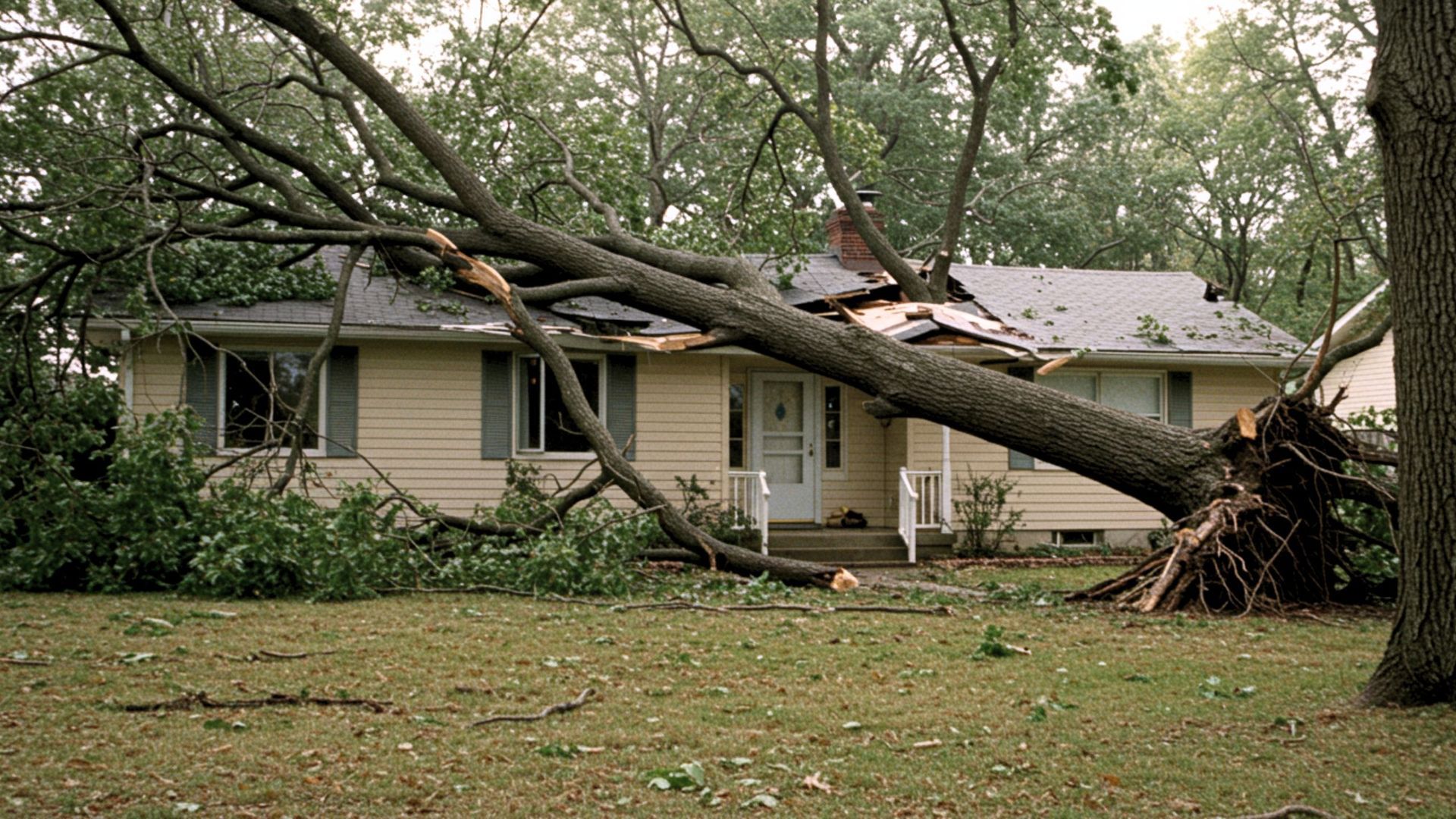What Roofing Material Is the Best?
Choosing the Right Roof Starts
with the Right Information
When it’s time to replace your roof, one of the biggest decisions you’ll make is choosing the right material. But with so many options available — asphalt, metal, tile, wood, and more — it’s fair to ask: what roofing material is the best?
The answer depends on where you live, how long you want your roof to last, and how much maintenance you’re willing to manage.
Let’s break down the most common roofing materials and what makes each one a good (or not-so-good) fit for your home.
Asphalt Shingles: Affordable
and Widely Used
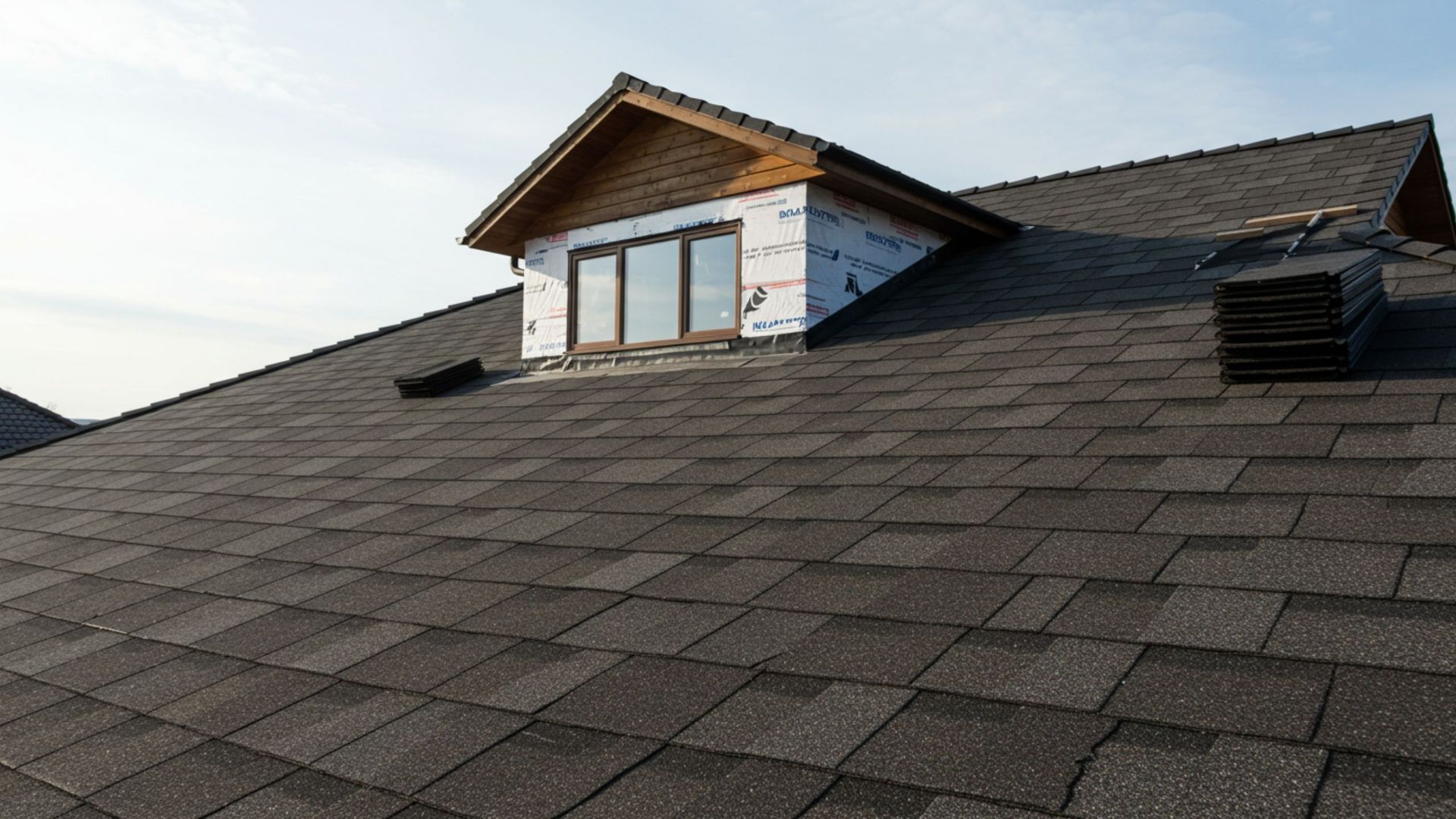
Pros:
- Cost-effective and easy to install
- Comes in a wide range of styles and colors
- Works well with most roof types
- Repairs are typically simple and inexpensive
Considerations:
- Typically lasts 15–25 years
- Can be damaged by high winds or hail
- Absorbs heat more than reflective materials
Best for: Homeowners looking for a budget-friendly and proven option with low upfront costs.
Metal Roofing: Durable and
Weather-Resistant
Pros:
- Long lifespan (40–70 years)
- Reflects sunlight and reduces cooling costs
- Performs well in storms and high winds
- Available in panels or shingles
Considerations:
- Higher upfront cost
- May be noisy during rain or hail
- Requires professional installation
Best for: Homeowners in storm-prone areas like Texas who want longevity, energy efficiency, and minimal maintenance.
Clay or Concrete Tile:
Stylish and Long-Lasting
Pros:
- Very durable (50+ years)
- Fire-resistant and doesn’t rot
- Great for Spanish, Mediterranean, or southwestern-style homes
Considerations:
- Heavy — may require structural reinforcement
- Expensive and more complex to install
- Brittle and prone to cracking under impact
Best for: Homeowners who value style and long-term performance and have homes that can support the extra weight.
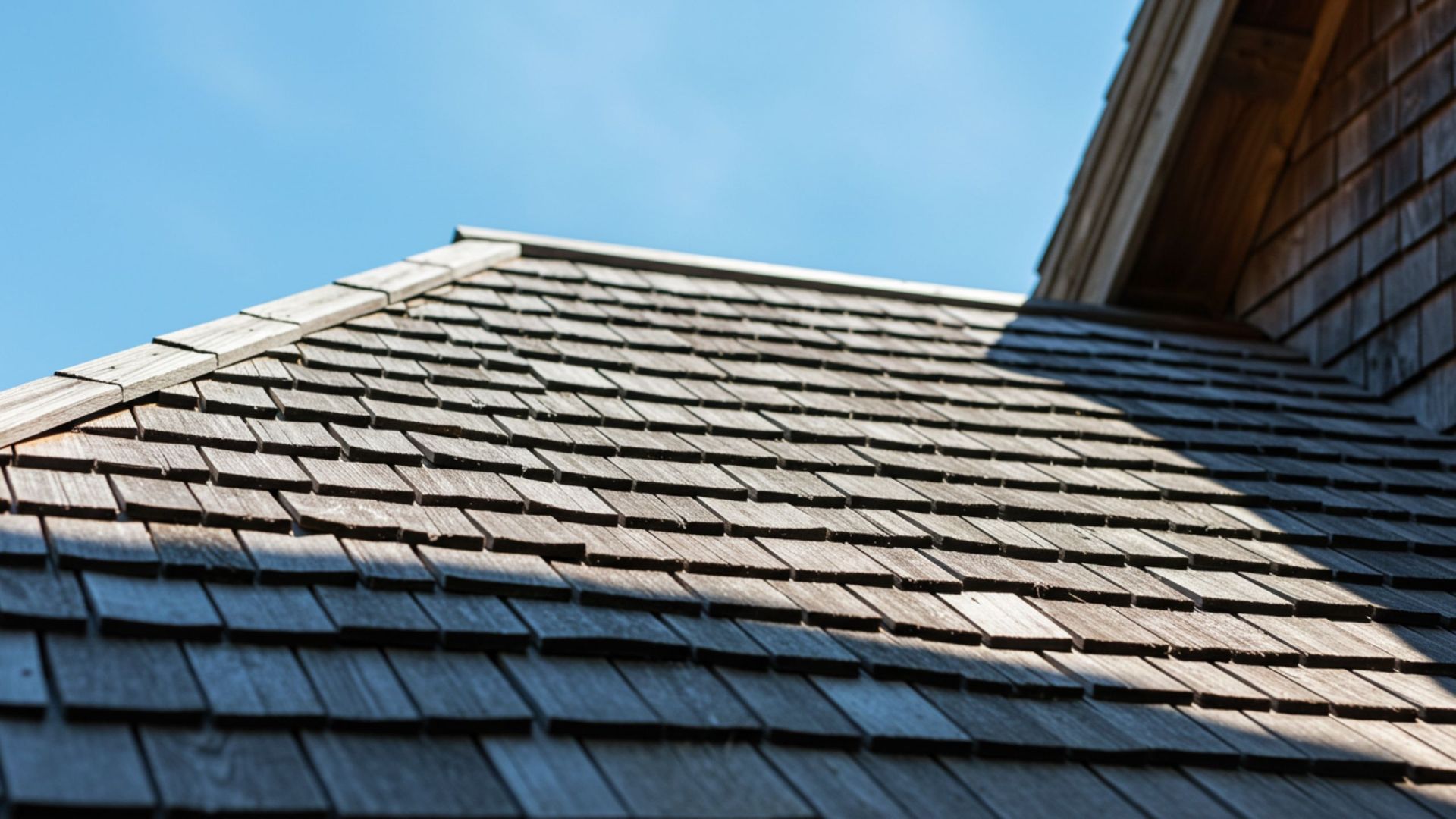
Wood Shingles and Shakes: Natural Appeal with a Classic Look
Pros:
- Offers natural beauty and rustic charm
- Can last 20–40 years with proper care
- Provides good insulation
Considerations:
- Requires regular maintenance
- Can be prone to mold or rot in humid areas
- May be restricted in fire-prone regions
Best for: Homes with traditional or historic architecture, especially in areas with dry, moderate climates.
Synthetic Roofing (Rubber, Plastic, or Polymer-Based)

Pros:
- Mimics the look of tile, slate, or wood without the weight
- Durable and low-maintenance
- Resistant to cracking, fading, and algae growth
Considerations:
- Costs can vary depending on material quality
- Still relatively new — long-term performance varies
Best for: Homeowners who want a low-maintenance alternative to premium materials like slate or wood.
What Factors Should You Consider?
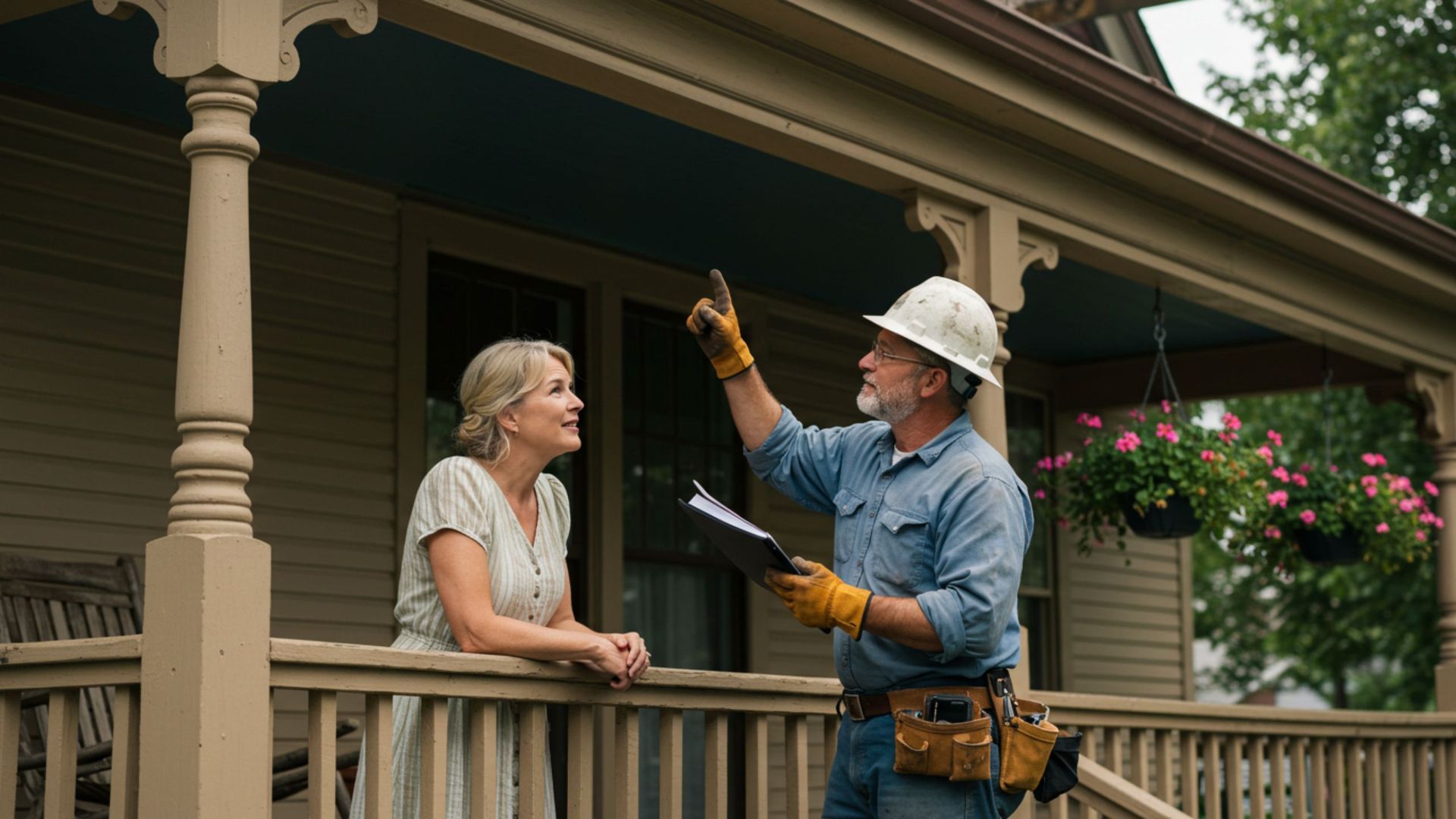
When deciding what roofing material is best for your home, think about:
- Climate: Materials like metal or tile handle heat and storms better than others.
- Lifespan vs. Cost: A cheaper roof may cost less now, but it will need replacement sooner.
- Weight: Some materials (like tile) require structural support.
- Style: Your roofing should match the architecture and appearance of your home.
- Maintenance: Some roofs need more upkeep than others — know what you’re signing up for.
There’s No One-Size-Fits-All Answer
The best roofing material isn’t the same for every home. What works well in one part of the country might not make sense here in Texas, and what fits your neighbor’s style or budget may not match yours.
The most important thing is to choose a material that fits your home's needs, performs well in your climate, and gives you confidence through every season.
